9 GPTs for Print Preparation Powered by AI for Free of 2026
AI GPTs for Print Preparation are advanced tools that leverage Generative Pre-trained Transformers to streamline and enhance various tasks associated with preparing documents and graphics for printing. These tools are specifically designed to address the unique challenges in print media, such as layout design, color management, and font selection. By incorporating AI, they provide tailored solutions that automate and optimize print preparation processes, making them more efficient and error-free.
Top 9 GPTs for Print Preparation are: Image Upscaler,Upscale.media by PixelBin,Image Enhancer,Art Sherpa for Creatives,3D Book Covers,Pixel Precision,FrameFit,Image Enhancer,UpScaler - 日本語版
Image Upscaler
Elevate Your Images with AI Precision

Upscale.media by PixelBin
Elevate Images with AI Precision
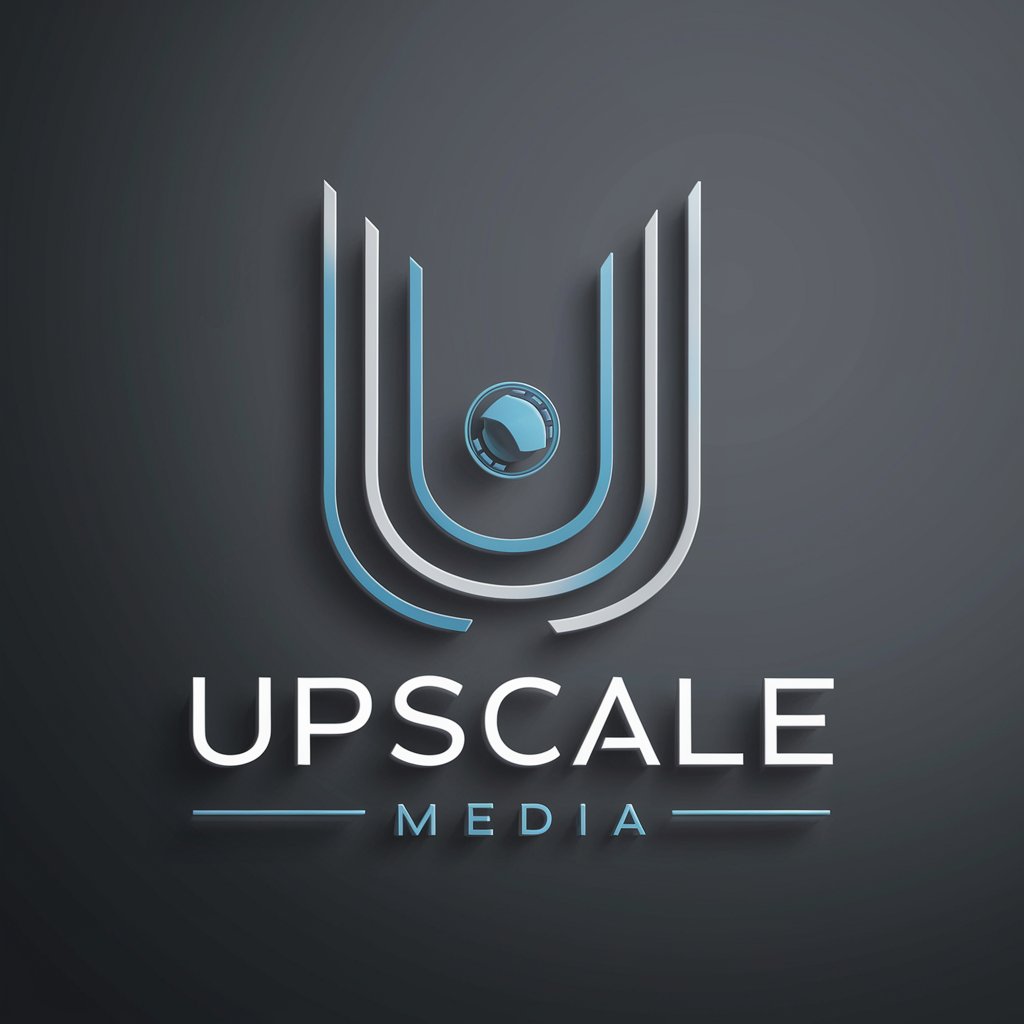
Image Enhancer
Enhance Images with AI-Powered Precision

Art Sherpa for Creatives
Empowering Creativity with AI
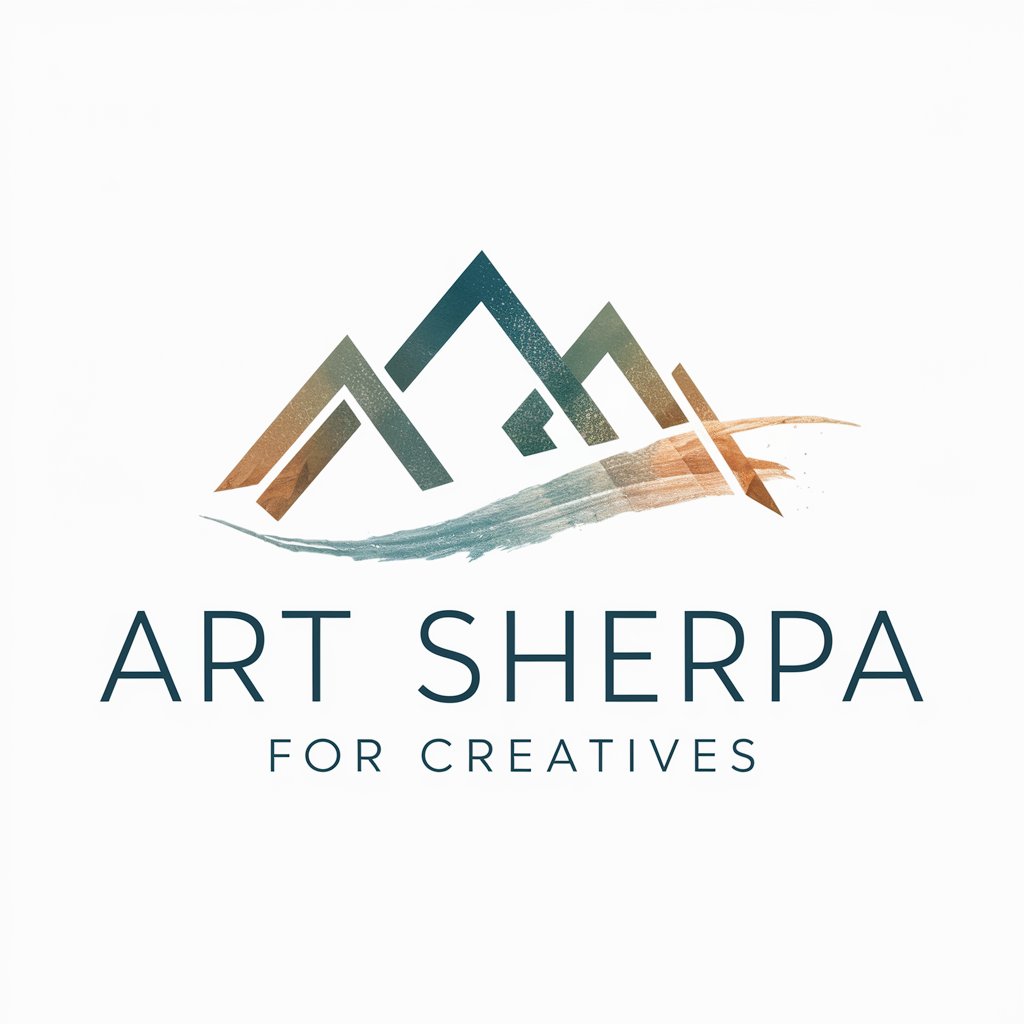
3D Book Covers
Craft Stunning 3D Book Covers with AI
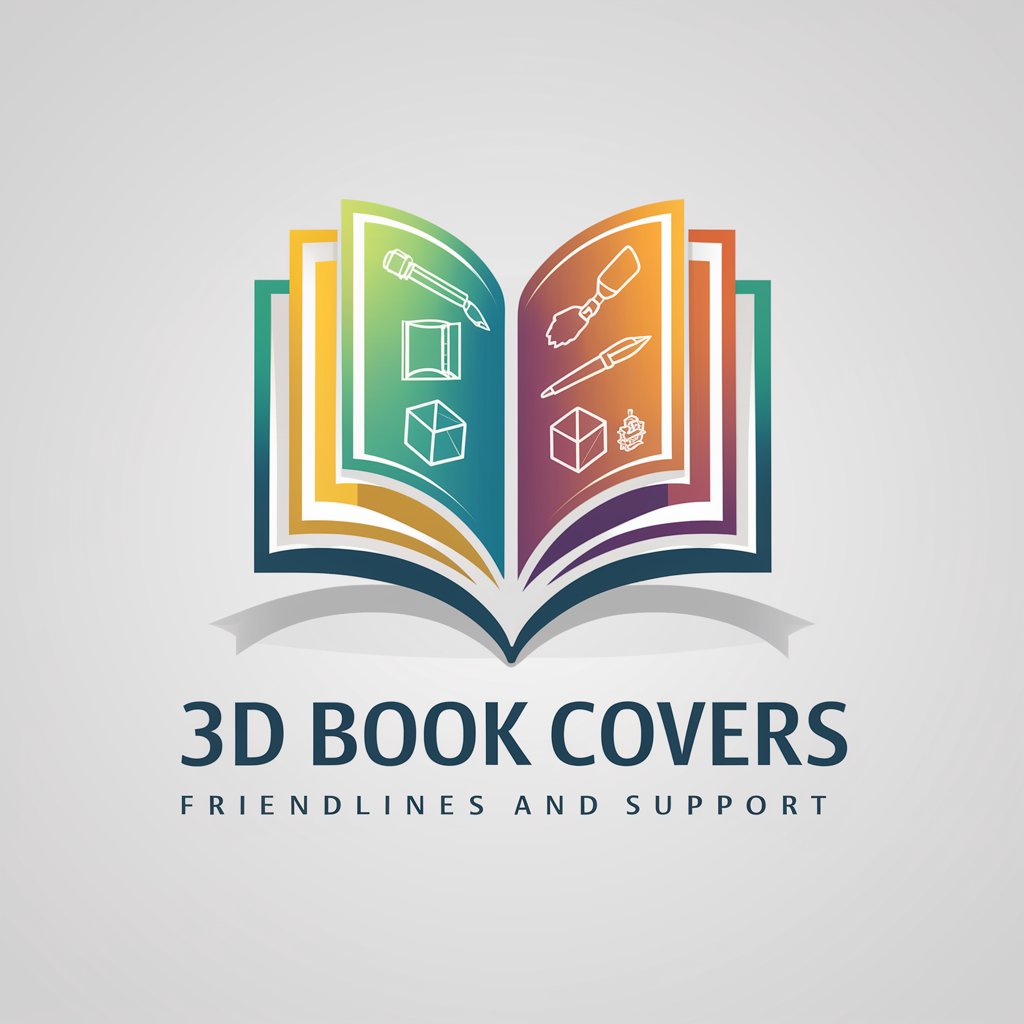
Pixel Precision
Optimize media with AI-powered precision.
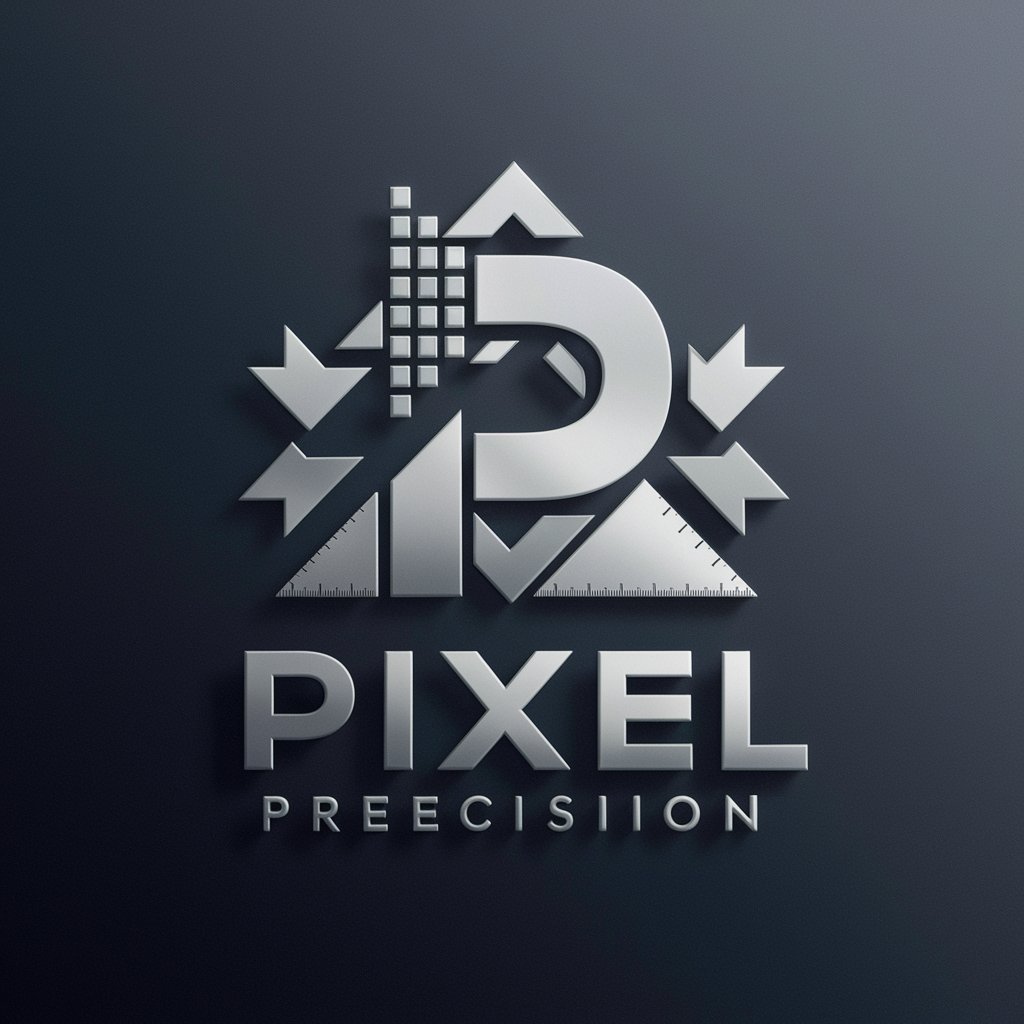
FrameFit
AI-powered digital framing made easy
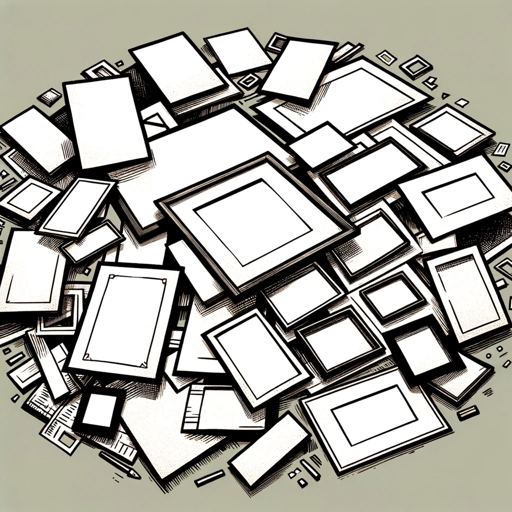
Image Enhancer
Enhance images with AI precision
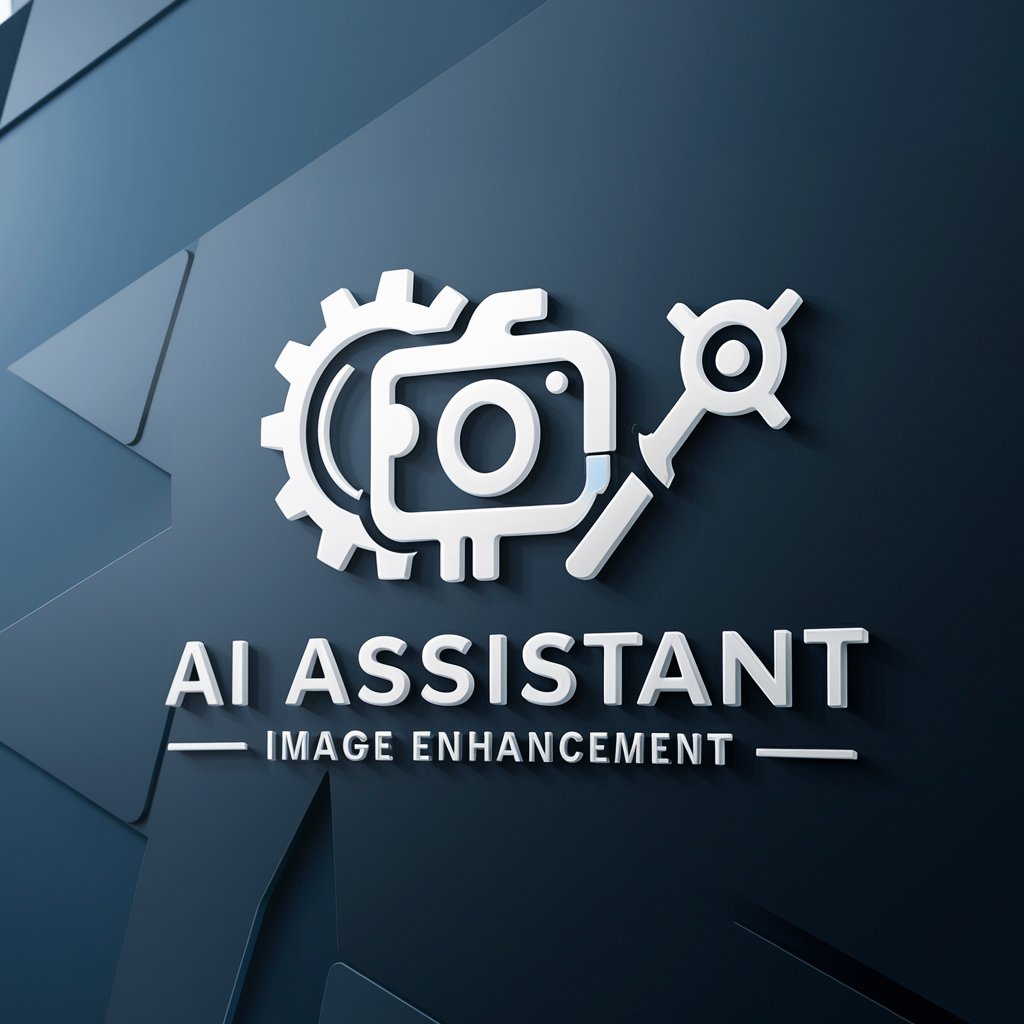
UpScaler - 日本語版
Enhance Images with AI Power
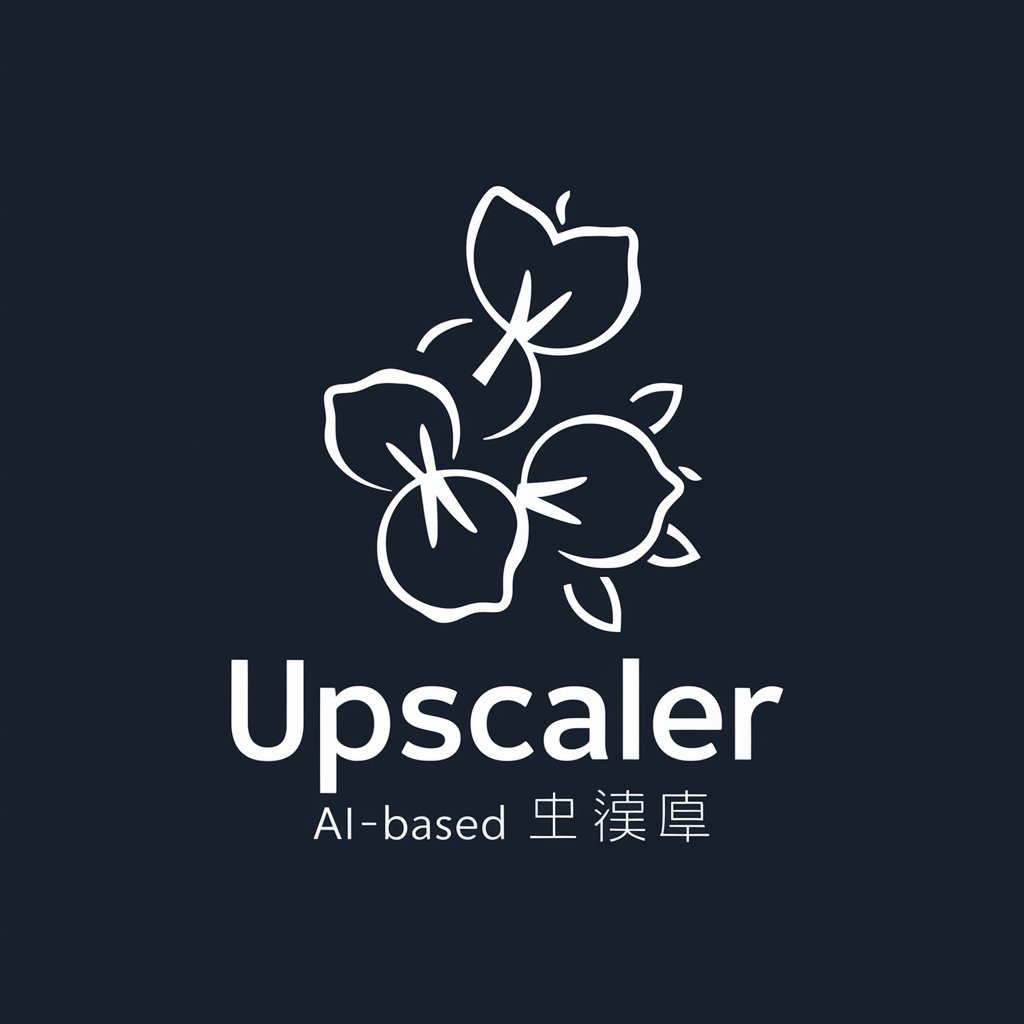
Key Attributes and Functionalities
AI GPTs for Print Preparation boast a range of unique features tailored to the printing industry's needs. These include sophisticated layout and design suggestions, automatic adjustment of resolutions and color schemes for print quality optimization, and text correction and styling tools. Special features also encompass the ability to learn from user preferences over time, technical support for a wide array of print technologies, and advanced capabilities like image generation and detailed data analysis to inform design choices.
Intended Users and Beneficiaries
These AI GPT tools are designed for a broad audience, ranging from novices in the printing industry to seasoned professionals. They offer intuitive interfaces for individuals without programming skills, making advanced print preparation accessible to all. Simultaneously, developers and professionals in the field can leverage these tools for deeper customization and integration into existing workflows, enhancing efficiency and creativity in print design projects.
Try Our other AI GPTs tools for Free
Web Display
Discover how AI GPTs for Web Display revolutionize website interactions, offering dynamic content generation and personalized user experiences.
Graphics Creation
Discover the transformative power of AI GPTs for Graphics Creation, a leap in automated visual design, making professional-grade graphics accessible to all.
IPO Insights
Discover AI GPTs for IPO Insights: revolutionizing IPO analysis with AI-driven data interpretation, predictive modeling, and real-time market trends for informed investment decisions.
Game Sourcing
Explore how AI GPTs are revolutionizing game development, from narrative generation to player analytics, offering tailored solutions for creators at every level.
Emulation Advice
Discover how AI GPTs for Emulation Advice leverage the latest in AI technology to provide tailored, expert-level guidance across various fields, making them an indispensable tool for professionals and novices alike.
Memorabilia Assessment
Discover how AI GPTs transform memorabilia assessment with advanced analysis and insights, making collectible valuation accessible and precise.
Enhanced Customization and Integration
AI GPTs for Print Preparation not only provide user-friendly interfaces but also offer possibilities for integration with existing design and print production systems. This seamless integration streamlines the workflow from design to print, ensuring consistency and quality across projects. Additionally, the adaptive learning capabilities of these tools allow for increasingly personalized and efficient design solutions over time.
Frequently Asked Questions
What are AI GPTs for Print Preparation?
AI GPTs for Print Preparation are intelligent tools that use AI to facilitate and improve the process of preparing materials for printing, offering solutions like design optimization and technical adjustments specific to print requirements.
Who can use these AI GPT tools?
These tools are accessible to a wide range of users, including those without technical skills in the printing industry, as well as developers and print professionals seeking advanced customization options.
How do these tools improve print design?
They automate tedious tasks, provide creative design suggestions, and ensure that designs meet print specifications for quality and accuracy.
Can AI GPTs for Print Preparation learn from my preferences?
Yes, many of these tools are designed to adapt and learn from user interactions, improving suggestions and efficiencies over time.
Are there customization options for professionals?
Absolutely, developers and professionals can access advanced settings and APIs for deeper integration and customization according to their specific project needs.
Do these tools support all printing technologies?
Most AI GPTs for Print Preparation are equipped to support a wide range of printing technologies, with specific capabilities that can be tailored to individual requirements.
Can these tools generate images for print?
Yes, some tools include image generation capabilities optimized for print, ensuring the correct resolution and color management for high-quality printing.
How do they handle text and typography for print?
These tools offer advanced text editing features, including automatic correction, styling options, and font selection, tailored to enhance readability and aesthetic appeal in printed materials.